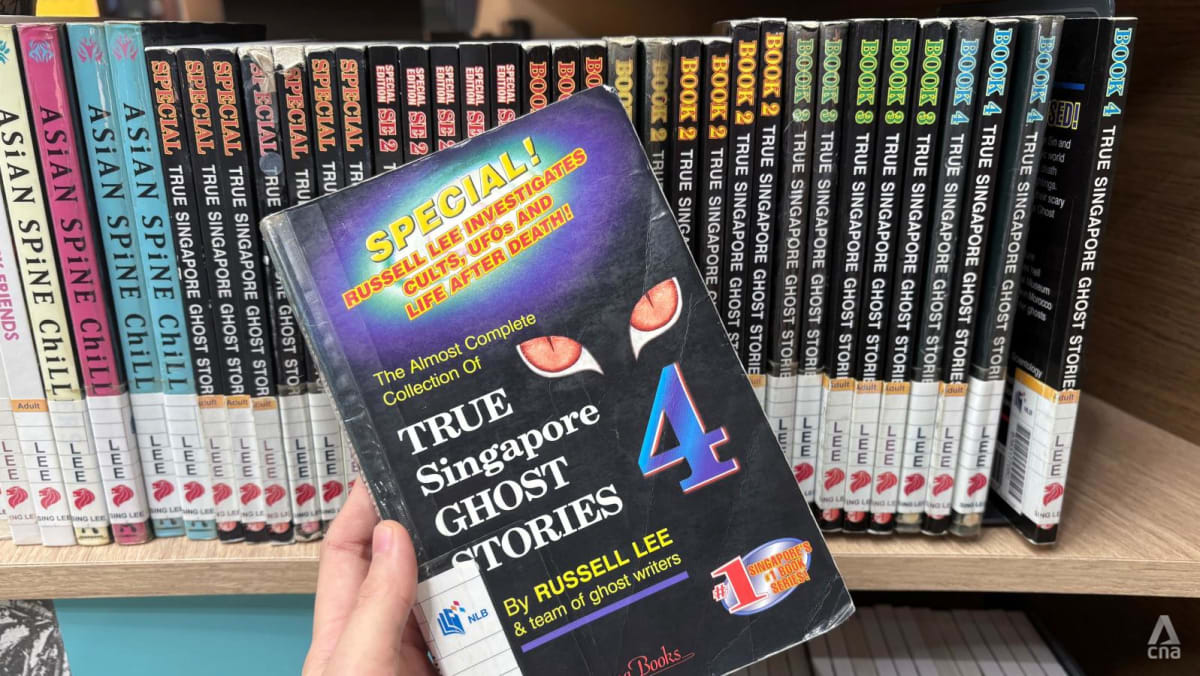It’s been over two decades since I read The Almost Complete Collection Of True Singapore Ghost Stories (TSGS), but I still remember being, well, haunted by its local lore for months after finishing a book.
These “true” story contributions, published under the pseudonym Russell Lee, ranged from tales about taxi drivers encountering long-haired female passengers along particular roads to the misadventures of teenagers at beachside chalets.
But the average reader knew it wasn’t what happened in the stories per se that struck terror in our bones. We had probably been exposed to more spine-chilling legends during school camps.
Rather, the most terrifying thing was knowing these stories allegedly happened to ordinary Singaporeans in ordinary places during an otherwise ordinary day – and therefore it could happen to any one of us.
This hyperlocal relatability is perhaps a reason TSGS gained a loyal fanbase, following its inception in 1989.
With fact-checking more crucial than ever with information today, however, the series has also since received its share of criticism on social media. Commenters on a Reddit thread from five years ago, for example, questioned the veracity of the stories. Some claimed they knew people whose “fake” story submissions were published.
Others may argue that publishing under a pen name could mean less accountability or credibility, especially since keeping Lee’s identity a secret is part of the allure.
Yet, readers don’t seem bothered. Book 27, the latest edition that was released in 2023, topped the National Library Board’s (NLB) list of most borrowed physical adult books last year, while Book 1 placed third, according to NLB’s 2024 Year-In-Review released in April.
Books from the series have ranked amongst the Top 10 most borrowed physical adult books “almost every year for the past 10 years”, said an NLB spokesperson.
To me, more fascinating than whether TSGS is legitimate or who’s the person (or people) behind the “Russell Lee” mask is what makes the series one of the most enduring pieces of Singapore literature.
